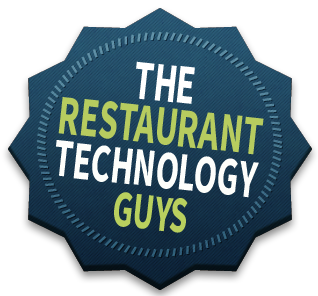So, you read our last article about, ‘What are Group Purchasing Organizations?’ and you probably thought, “how many restaurants actually use GPOs?” Well, the answer may surprise you.
Nearly 40,000 independent restaurant operators are now affiliated with Group Purchasing Organizations (GPOs) and that number is only expected to grow. According to Dining Alliance, the use of GPOs is expected to rise because of the cost savings they provide to independent restaurant operators. Especially when you take into account the rising costs of food, supplies and utilities.
For example, Dining Alliance saw a 67 percent increase in its operator membership from 2014-2016, up from 13,000 to 21,000, respectively. This enabled the company to save its members in excess of $19.8 million in 2016 with a total of $4.3 billion in buying power.
“GPOs like ours level the playing field in an industry where large-scale chains often get better pricing. This gives independent operators the ability to run successful businesses in spite of today’s highly competitive market,” says John Davie, founder and CEO, Dining Alliance.
GPOs serve three groups: operator members, contracted manufacturers and distributors. The GPO’s role is to keep all parties happy and in good terms while advocating fairly for all, but most for the operator member. Manufacturers want access to members (to supply products at GPO prices) and distributors need profitable relationships with both.
“GPOs function in a complicated, messy supply chain where data is king, but not of royal pedigree. The lack of UPCs—Universal Product Codes—in foodservice handicaps the entire supply chain by forcing trading partners to create their own systems,” says Barry Friends, GPO and food service distribution expert, and partner with food consulting firm, Pentallect. “That’s a modest problem for giants like Tyson or Sysco, but individual operators at the end of the chain are ill-prepared to manage the vagaries.”
That is why GPOs have developed systems to unscramble the messy data and enable participants to benefit from each other’s contributions. They help members save money and show manufacturers where they can sell their products.
“That often creates friction with distributors since what’s good for one might not seem equally as positive for another. As advocates for independent operators, GPOs confront trading partner friction every day. And while everyone wants the best possible slice of the economic pie, the operator who buys the remaining portion needs to be able to stay in business,” Davie says. “If supermarkets operated like food service distributors, consumers would write to Congress for relief.”
So what you do you think? Would joining a GPO benefit your restaurant? As with anything, it is important to do your research and ask important questions. This is your business and your future.
Need to pass the time between our next post? Then check out Custom Business Solutions for all your restaurant technology needs!
